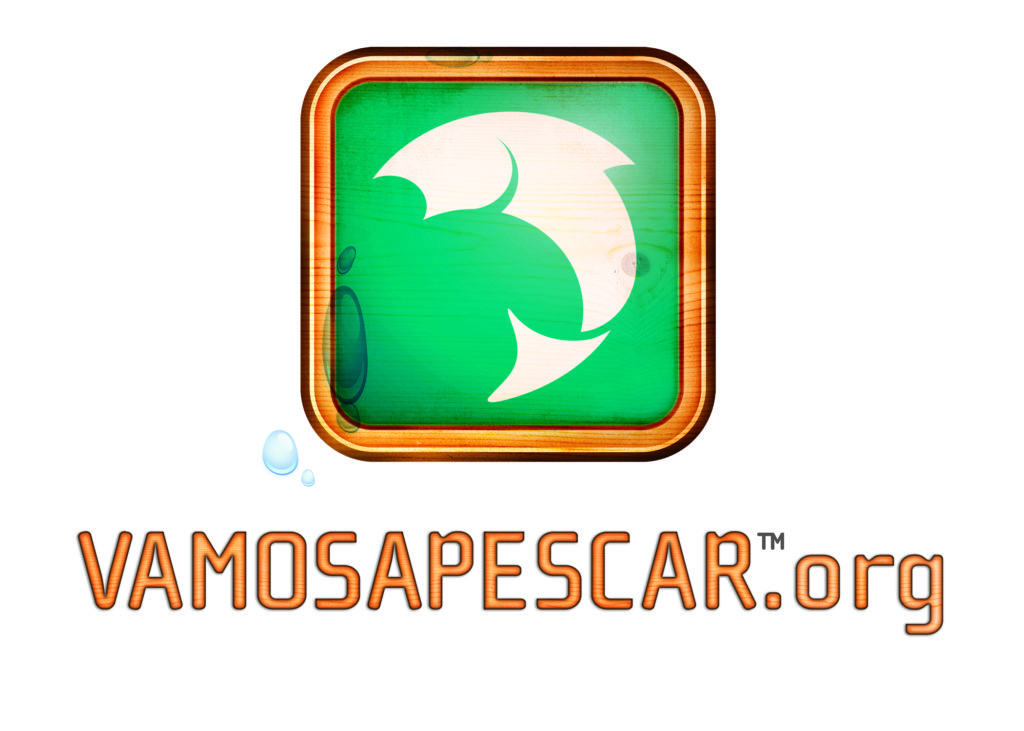RBFF Encourages Marine Industry to Focus on Hispanic Market
Published on September 1, 2017The country’s demographics are rapidly changing and bringing along a whole new market of potential boaters. The biggest change in demographics is the growth of the Hispanic population, which now accounts for 18 percent of the total population of the United States, and is projected to rise to 20 percent by the year 2020. That will mean 65 million people will be Hispanic. The marine industry can help grow boating by focusing on this market. It’s also a focus of a campaign by the Recreational Boating and Fishing Foundation (RBFF).

RBFF recognized this several years ago and launched its outreach effort Vamos a Pescar as the Hispanic arm to its national TakeMeFishing.com campaign. As part of this effort, the organization hosted a webinar in April 2017 with representatives from Tippit & Moo Advertising and Lopez Negrete presenting information on the topic “Why Hispanics Matter.”
While the rapid growth in the Hispanic population is a consideration for those looking to build their market shares, the other factor is that the median age of this group is 29, while for white Americans the median age is 44. Hispanics represent a much younger demographic, with 24 percent under the age of 18 and 26 percent under the age of five. One out of every four kids starting elementary school is Hispanic. That means finding means to attract a younger audience is a crucial element to the marketing mix.
Another consideration is that the highest populations of Hispanics are found in the states with the most boating activity—Florida, California and Texas. One out of every five Hispanics in the country live in California. And while the populations are concentrated among these states, they are growing rapidly in other areas. There has been a 97 percent growth rate of Hispanics in North Dakota since 2000 and 66 percent growth rate in Kentucky. Those in the marine industry across the United States cannot afford to overlook this group.
So who is this new group? To dispel a myth, they are not immigrants but rather the majority have been born here. Despite that, they maintain a strong hold of their heritage, but with a strong belief in the American dream of success. Seventy-four percent speak English and Spanish and do not plan to lose their native language. They are very social and family-oriented with generations living in close-proximity and frequently recreating together. Hispanics also feel that understanding and using technology is necessary to succeed, but the teenage demographic is more outdoor oriented, than their white counterparts.
What does this demographic information mean in terms of how to sell boating to the Hispanic market?
There are barriers to gaining the Hispanic market as boaters. There is an overall lack of exposure to boating. Many current boaters first went boating with their parents, but children of Hispanics did not have that opportunity. As mentioned earlier, Hispanics are family-oriented so any activity should accommodate extended families—a pontoon boat may look more appealing than a Jon boat. Hispanics also share the same barriers to boating as any group—boats are expensive, fishing and boating are too passive, and the licensing and regulations are too confusing.
To help overcome these barriers and to better engage the Hispanic audience, organizations need to understand the consumer, set the stage within their organizations and initiate action. The webinar presented a list of 10 more specific suggestions:
- Invest your company in the effort. Test strategies and learn from what works and what doesn’t;
- Reach out to not just the buyer, but his extended family;
- Match your sales pitch to the family’s needs. Where is their knowledge and experience?
- Create family experiences to drive the motivation to buy;
- Leverage bilingual staff or volunteers;
- Develop in-language marketing materials;
- Host educational sessions to boost buyers’ confidence;
- Consider holding events and activities aimed at Hispanics;
- Get into the Hispanic community and invite them to your events or just to your showroom; and
- Collect contact information and follow up.
To find more information on the Hispanic population, including tools to determine how many Hispanics live in your area, visit American Fact Finder, PEW Hispanic Center, and ACS Community Facts.
| Categories | |
| Tags |






